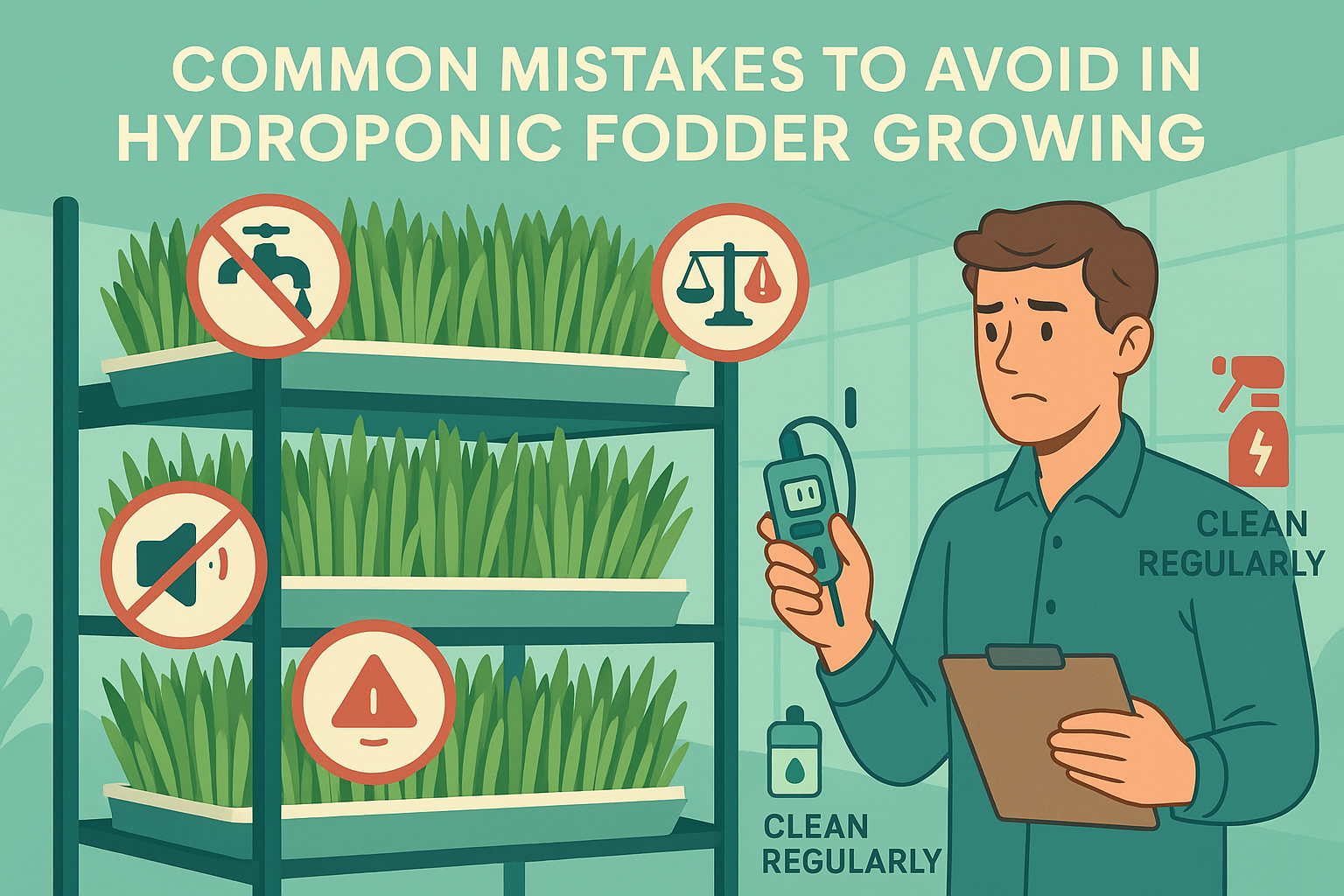Proper housing is essential for the health, growth, and productivity of goats. A well-designed shelter protects them from extreme weather, predators, and diseases, while also improving management efficiency. Goat housing does not always require high investment—farmers can design cost-effective sheds using locally available materials.
Key Requirements of Goat Housing
- Ventilation – Proper airflow keeps the shed dry and reduces disease risk.
- Space – Each adult goat needs around 10–12 sq. ft. of floor space.
- Flooring – Raised wooden or slatted floors are best for hygiene. Cement floors should be sloped for easy cleaning.
- Drainage – Essential to keep the housing dry and odor-free.
- Temperature Control – Shade in summer and protection from cold winds in winter.
Types of Goat Housing Systems
- Open Housing System – Goats are kept in open yards with shade; ideal for small-scale farms.
- Closed Housing System – Completely sheltered, used in commercial farms.
- Semi-Intensive System – Combination of shed + grazing land; cost-effective for medium farmers.
- Elevated Housing – Popular in flood-prone or high rainfall areas; keeps goats safe and dry.
Best Practices in Goat Housing
- Separate sheds for kids, breeding bucks, and lactating does.
- Provide clean drinking water and feed troughs.
- Maintain strict hygiene—regular cleaning and disinfection.
- Use locally available materials like bamboo, wood, and tin sheets for cost savings.
Conclusion
Housing is not just about shelter—it’s about creating a safe and healthy environment. With scientific planning and low-cost methods, farmers can build efficient goat housing that ensures better growth, disease prevention, and higher profits.










Leave a Reply